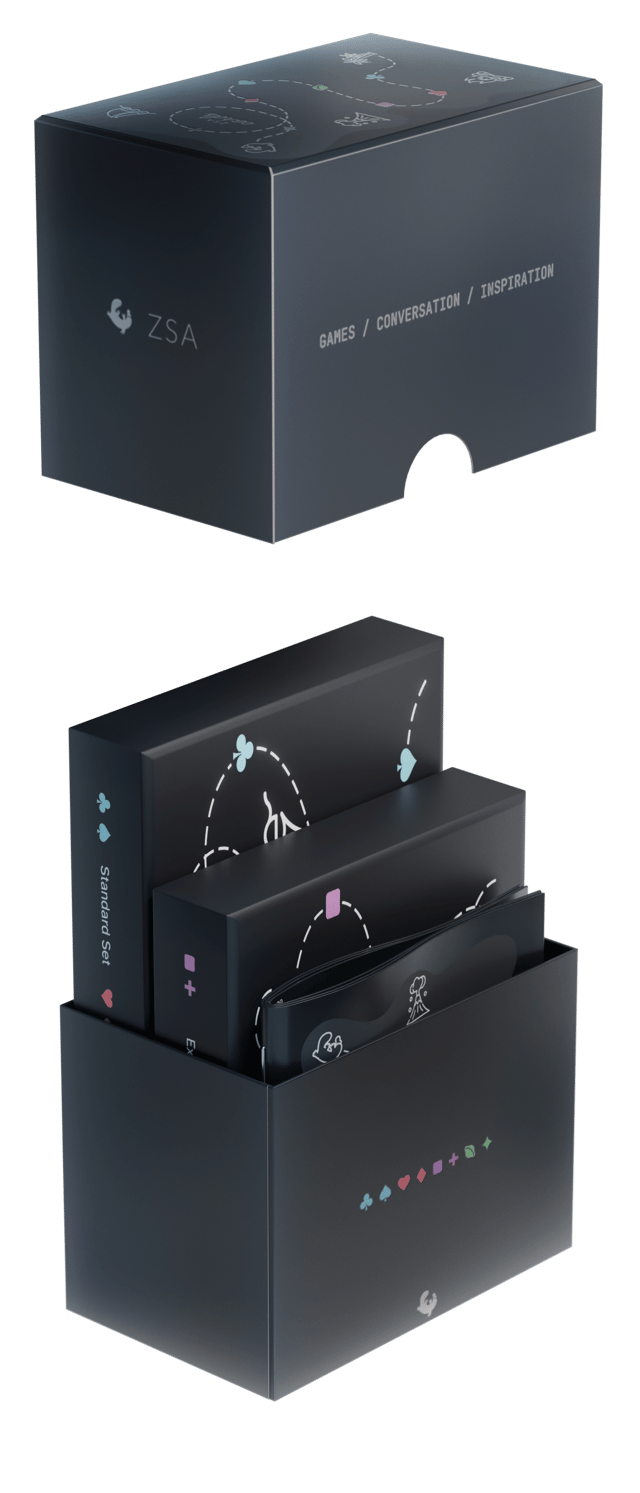
Original
Our first run of ZSA Cards. All the goodness, packed into a handy, travel sized box. We only have a limited number of these left. When they’re gone, they’re gone.

Our first run of ZSA Cards. All the goodness, packed into a handy, travel sized box. We only have a limited number of these left. When they’re gone, they’re gone.
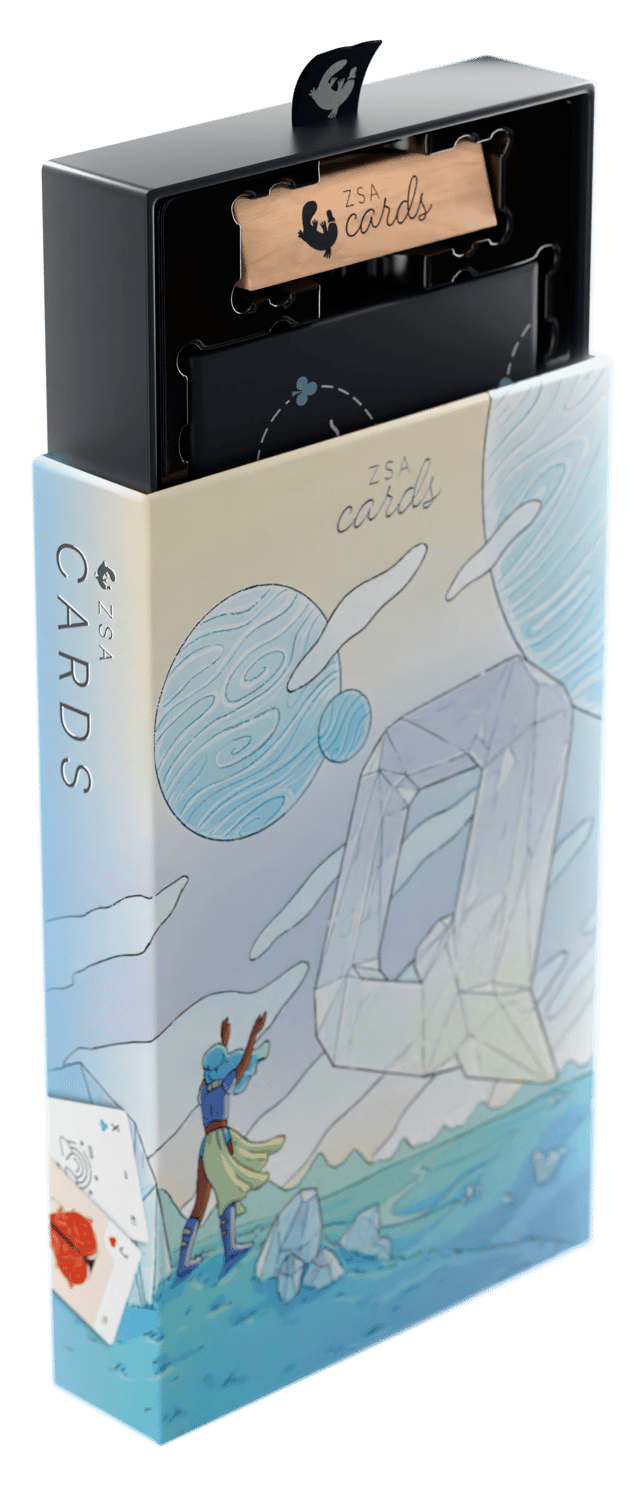
Same cards, same mini boxes. But we added a card holder, and repackaged in a beautiful, full color box. Meant for proud display on your bookshelf.
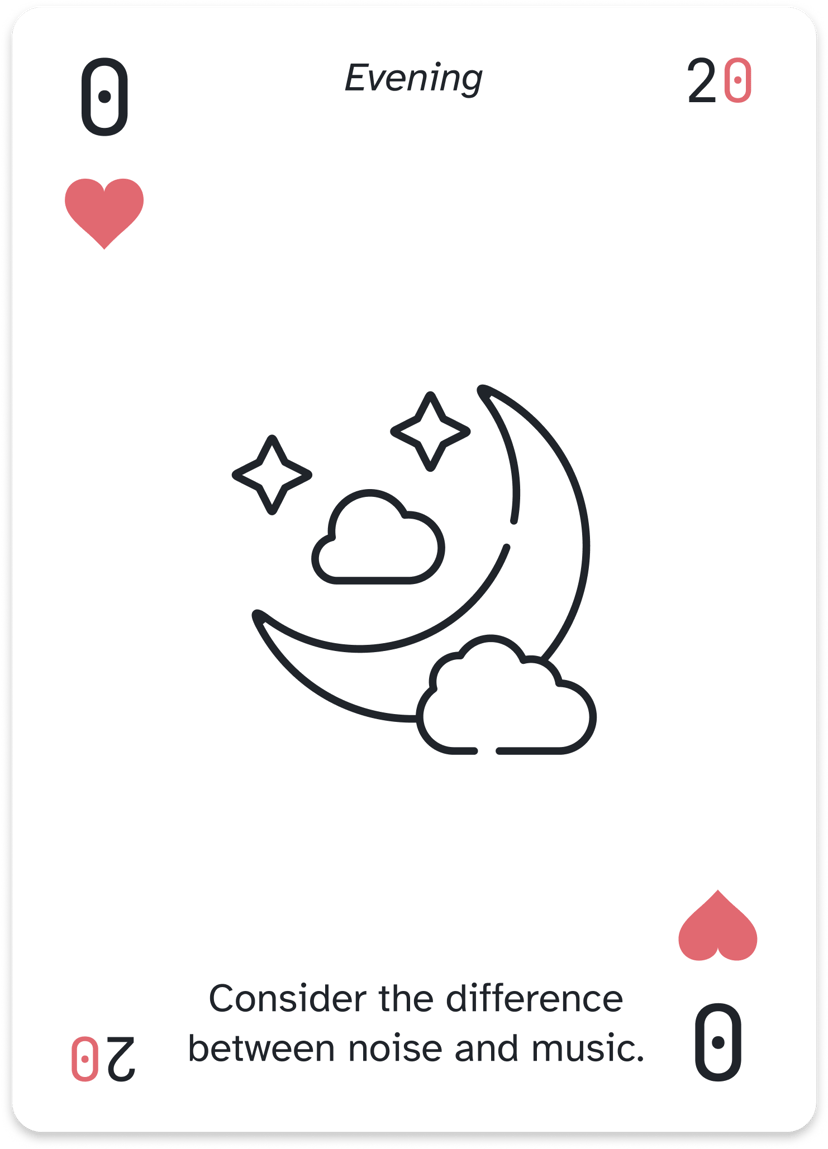
Swipe the card to see why...
Sometimes, when we try to navigate the creative process, we get stuck. We don’t know what the next sentence in the story (or the email) should be. We’re not sure how the song is supposed to go, or what could make this graphic we’re working on better.
When this happens, pull out a card, read the prompt, and act on it. Some of the prompts can be understood in more than one way (“Give something away”). That is intentional: There is no wrong way to understand it.
This is similar to how you would use Brian Eno and Peter Schmidt’s brilliant Oblique Strategies, a powerful set of cards that has been helping creative professionals since 1975. The prompts are different, but the concept and method are similar.
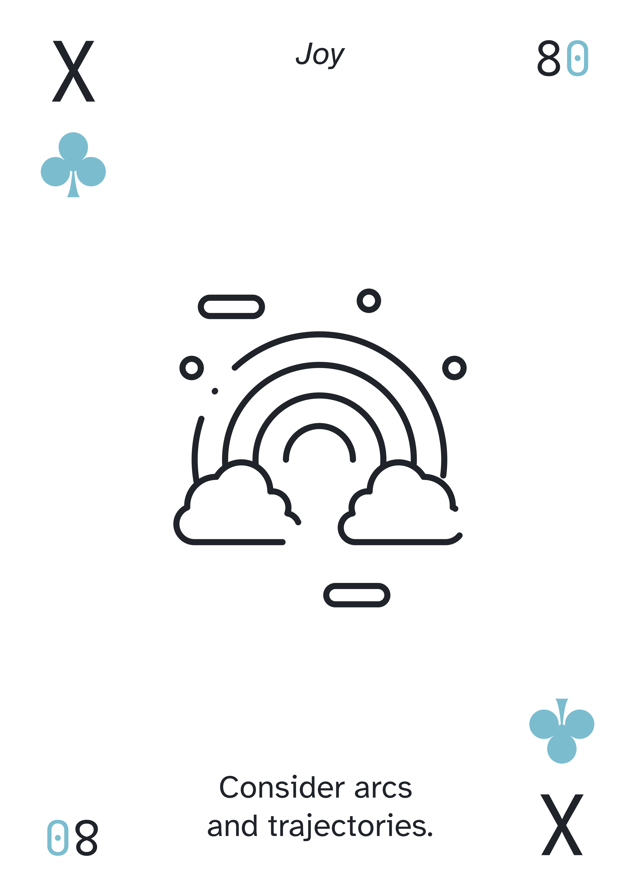
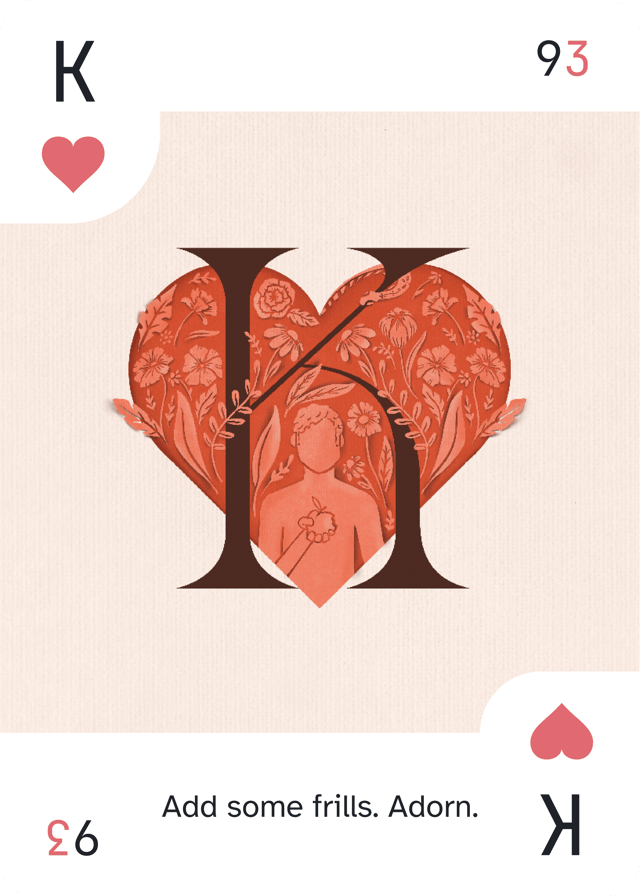
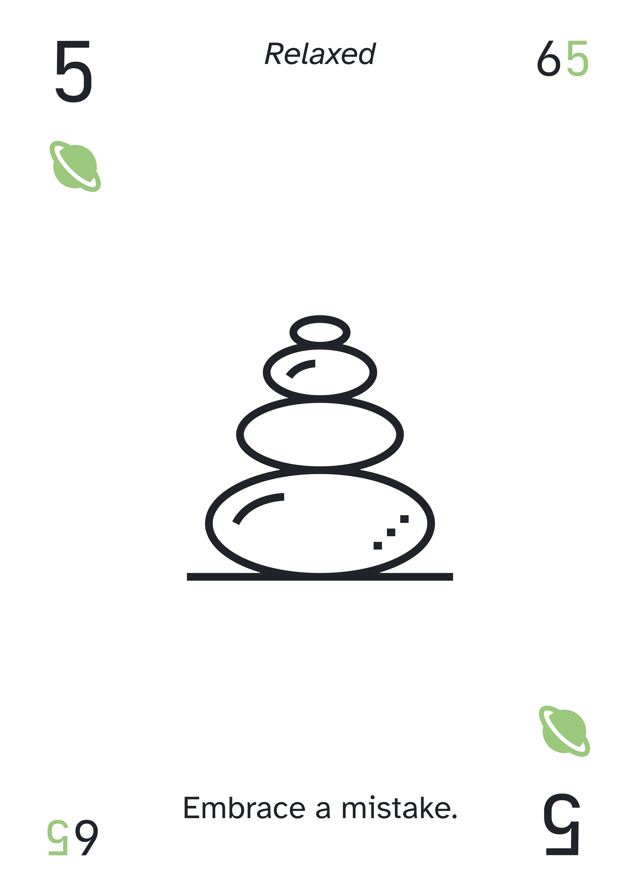
The cards are amazing! I've been using them mostly to help me make decisions where there's no obvious right answer. Taking one card out and having an inspiring phrase forces me to look from another perspective. As a software engineer, this is very useful because sometimes we're so deep into the rabbit hole that having an ambiguous, unrelated idea helps me to feel a breath of fresh air.
- Rodrigo MedinaThere are many decks of dedicated “conversation cards.” These are cards with specific questions, such as “What’s something about your life now that you’d miss when you’re eighty?”
These can work well, but can also be a little formulaic or limiting. ZSA Cards have prompts that are weirder and more open-ended, inviting indirect reflection and consideration.
Grab a card. Read the prompt.
Take a moment to think, and say what comes to you. With some prompts like “Be still. Allow it to come to you,” you can either share a specific story (about a time you were still and something came to you) or literally do what the prompt says: Stay still for a moment or two, and then say whatever comes to you.
This is a more fluid and participatory experience than your garden-variety “conversation cards.” With practice and vulnerability, it can help you create in-the-moment conversations that feel just right.
I am loving these ZSA Cards. I've been using them for journaling, songwriting/music production, and as a tarot-flavored means to interface with my subconscious and establish direction when I need it. I find the combination of name, number, caption, iconography, etc. makes each card open-ended enough to interpret multiple ways on its own, but then when I do a "reading" of 2+ cards these additional properties allow me opportunities to identify more intricate connections between them. I also love the variety of aesthetics on the face-card art and the fact that the artists were sourced from around the world. And the quality of the boxes! The attention to detail towards every facet of the experience here is incredible and I can't thank you all enough for turning this idea into a reality.
- Max Messenger BouriciusTo tell a story, pull out a bunch of cards (as many as you’d like, but 15 or fewer is what we recommend). Shuffle them, and then lay them out in a line. Look at them, and start sharing what you see.
This works very well with kids. You can either tell the whole story yourself, or take turns with each person narrating one card. Since you’ll mainly be using the graphic on the card to tell the story, you can do this with young kids who can’t read yet. It’s good to keep the “yes, and…” rule of improv in mind: Each new card should add to the story and carry it forward, rather than double back or negate an earlier one.
A fun related resource is Amazing Tales, a simple RPG (role-playing game) framework for kids. If you enjoy this activity and want to try it with dice rather than cards, Rory’s Story Cubes are great.
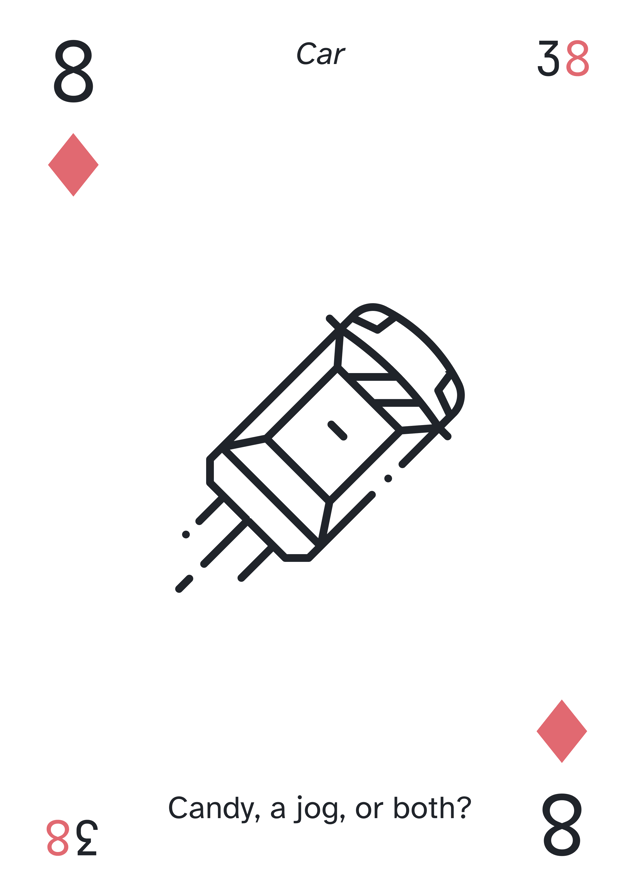
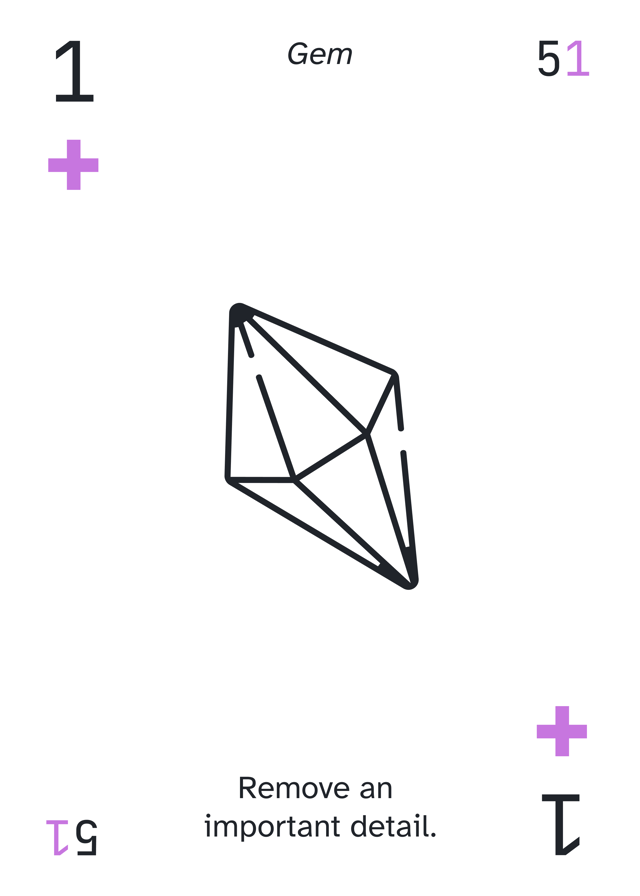
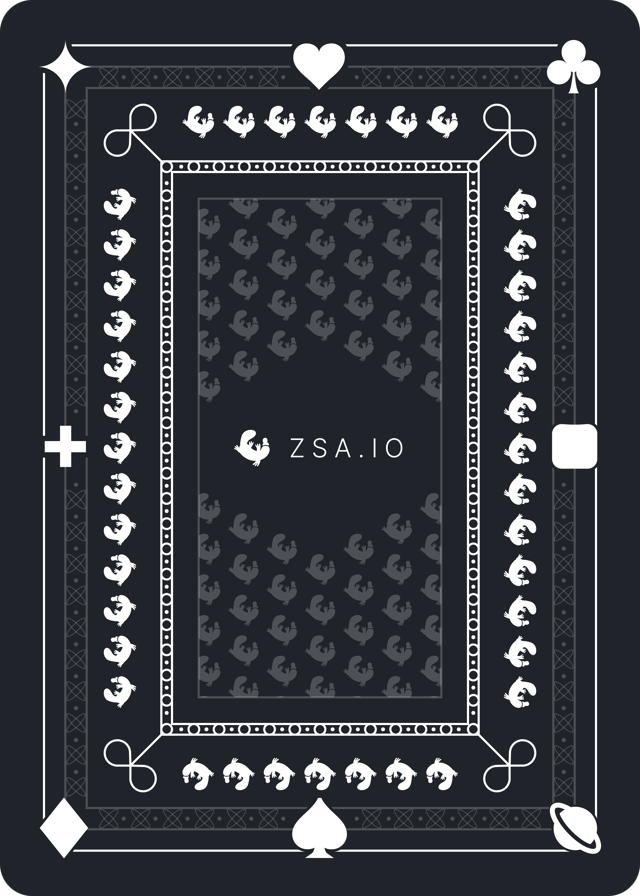
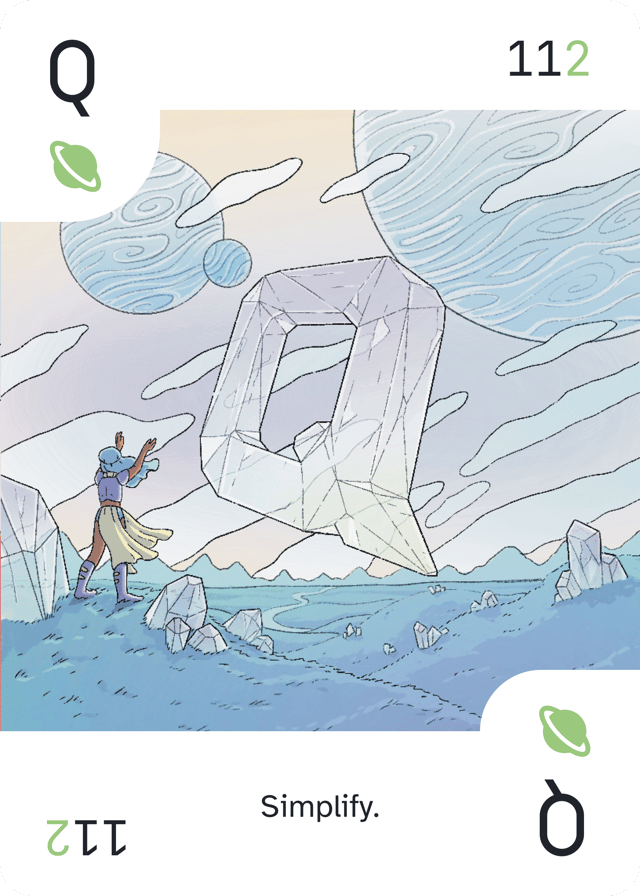
Cards are physical: You’ll shuffle them, deal them out, and hold them in your hand. They have to feel good.
We spared no expense to make that happen.
More about card quality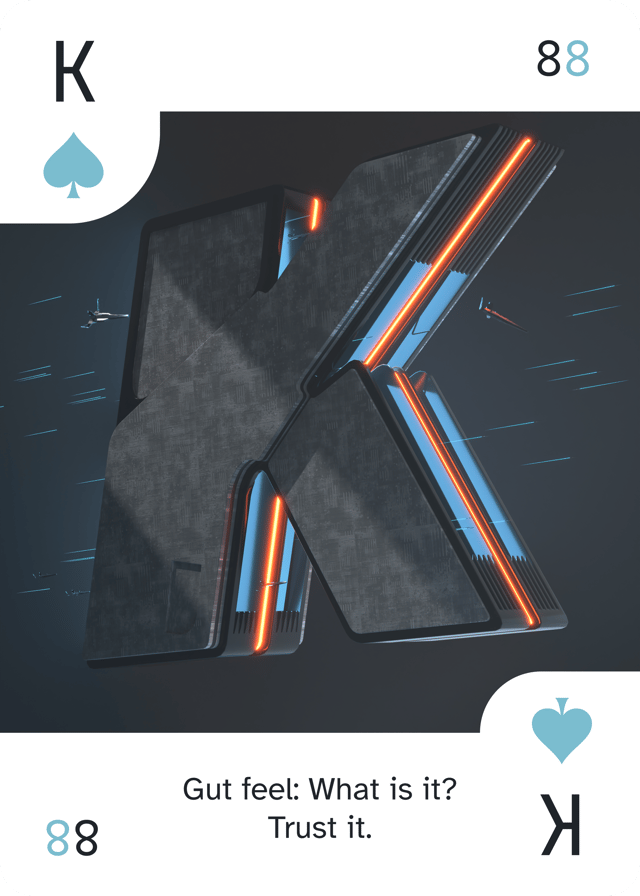
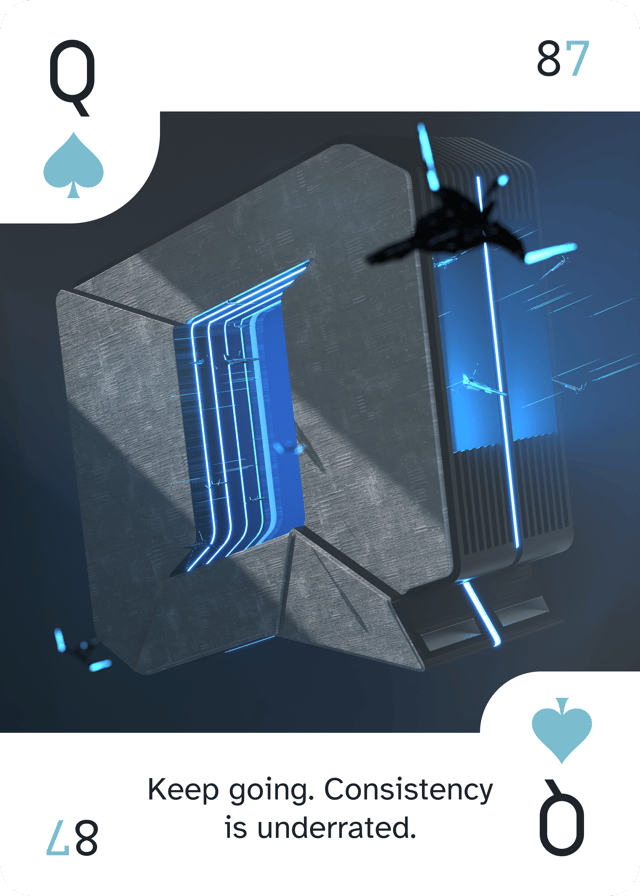

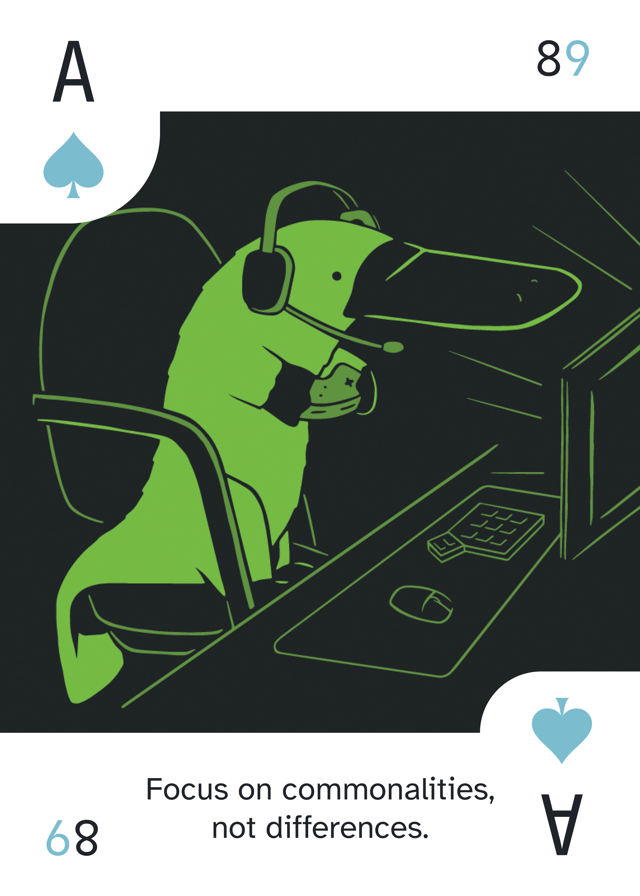
Sit down somewhere quiet. Grab a piece of paper and a pen. Pull out a random card, and read the prompt. It says something like "Find a rhythm."
Breathe. Think. What comes up?
Now write.
This semi-structured approach can help keep journaling fresh and powerful and present you with insights you may not have had otherwise. Privately using the deck to have a conversation with yourself can be raw, personal, and potent.
ZSA would like to thank Wilhelm Su, the talented and generous designer behind the Everdeck. Wilhelm advised on the information design for ZSA Cards and kindly allowed us to use some of the elements and the basic deck structure featured in the Everdeck. If you like ZSA Cards, you really should check out the Everdeck.
The packaging, booklet, and cards are all printed on FSC-certified paper, supporting responsible management of the world’s forests.
ZSA Cards are made in a facility certified and audited (Sedex Members Ethical Trade Audit) to ensure ethical manufacturing conditions.

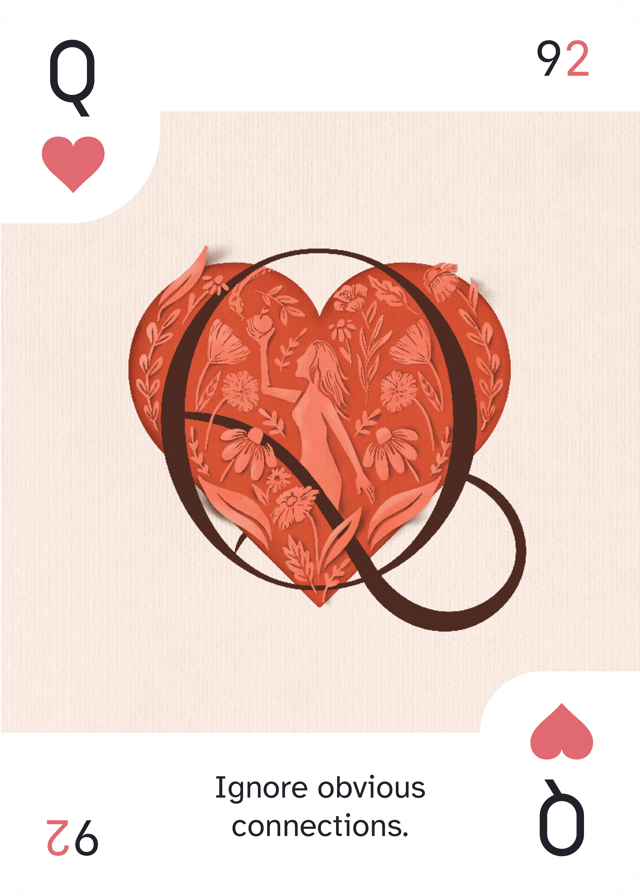

Hailing from beautiful South Africa, Jo brings her UX and print sensibilities to the design of every card on this deck, as well as the website you’re on now, and even the packaging. Jo also designed the Jack, Queen, and King of Clubs.
Joanne Williams
Laura Blackwell
Erez Zukerman

Our first run of ZSA Cards. All the goodness, packed into a handy, travel sized box. We only have a limited number of these left. When they’re gone, they’re gone.

Same cards, same mini boxes. But we added a card holder, and repackaged in a beautiful, full color box. Meant for proud display on your bookshelf.
A booklet with use guidelines.
120 cards, divided into eight suits:
Each suit has 15 cards: 0-9, X, Jack, Queen, King, and an Ace.
Two internal “mini boxes”:
The standard suits: Clubs, Spades, Hearts, and Diamonds.
The extended suits: Keycaps, Keyswitches, Planets, and Stars.
We designed each box so that it still closes if you overfill it. This means you can load up a “mini box” with all the cards you need for a particular game, and take just that when you go somewhere. Quick and portable.
Premium Set only: A wooden card stand for a single card (great for journaling and focus).